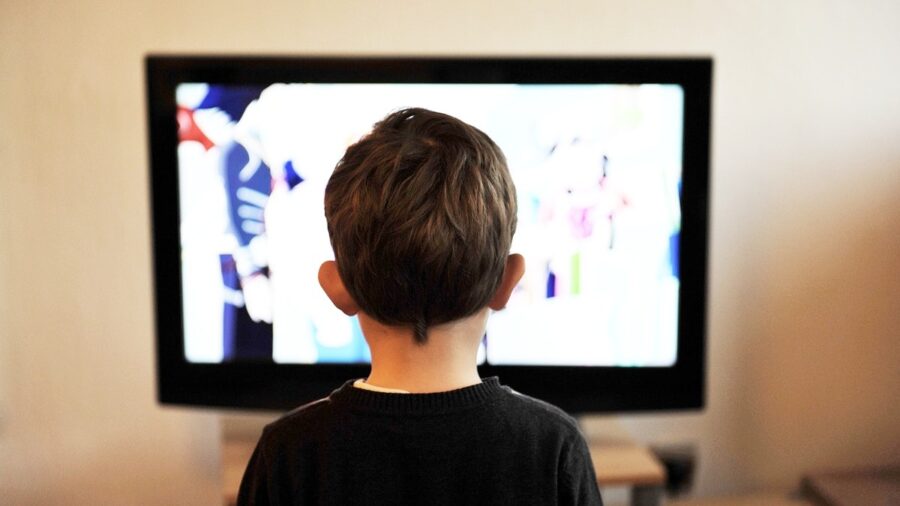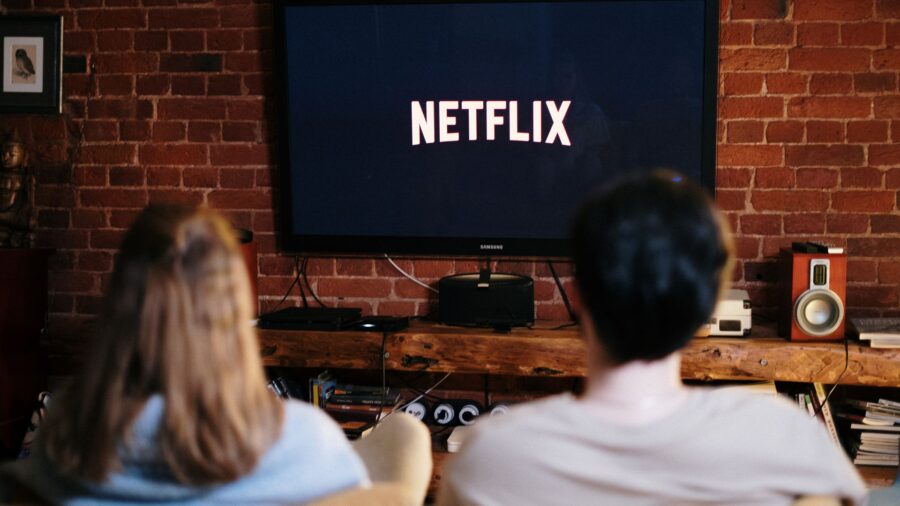TV Show Cancellations Are Making Viewers Change How They Choose What To Watch
Roughly half of American television watchers wait for the series finale before starting a series, so they know that the show will continue for another season.

TV cancellations have always been an aspect of the television experience, with a number of television shows like cult-classic Firefly canceled at points that viewers thought were too soon. Now, this uptick in cancellations across network television and streaming platforms like Netflix alike could be impacting how viewers choose what to watch TV. According to an article from Variety, viewers are shifting how they decide what to watch based on TV show cancellations.
The article cites a YouGov survey, one with some surprising insights into TV cancellations and watching habits. The survey found that 46 percent of Americans sometimes or always wait for the series finale before they even begin watching a series, with 27 percent citing a “show’s potential cancellation with an unresolved ending” and 24 percent citing that they’d prefer not “wait for the next season after a cliffhanger.” Younger adults aged 18-34 were the most likely to do this, with 59 percent of those polled in that age group agreeing with the statement, with 25 percent responding always and another 34 percent responding sometimes.
Importantly, although most in the US don’t know exactly how many TV cancellations are happening at any given time, 31 percent of US adults believe that “one to three shows they had started since February 2022 had been canceled, even with unsettled plotlines.” This perception that many TV cancellations are occurring may be important in understanding how people are choosing what to watch. Viewers will be more likely to watch popular shows with a lower likelihood of getting canceled than niche shows or ones with smaller audiences out of fear of cancellation.
There are some other interesting numbers coming from the survey that could be informed by TV cancellations. 48 percent, or almost half of those who preferred to wait until the series ended to start watching, indicated a preference for binge-watching shows. At 50 percent, women were also more likely than men (46 percent) to wait for a series finale.

Many long-running syndicated network television shows like Rachael Ray, The Wendy Williams Show, Maury, and Dr. Phil have recently come to an end. This could be the result of a decline in viewership for this kind of television series, but it could also be part of the trend of TV cancellations which have become a more common occurrence.
TV cancellations for network series like CW’s Batwoman and FX’s Kindred were recently announced as well, ending both series prematurely. Batwoman only ran for three seasons but had become a fan-favorite, while Kindred was canceled after only one season. HBO’s critically acclaimed comedy Los Espookys was canceled after only two seasons despite boasting a 100 percent on Rotten Tomatoes and a cult following similar to that of similar series What We Do in the Shadows.
The streaming platform Netflix has been one of the biggest culprits in this trend of TV cancellations. The cancellation of acclaimed series (like the Alison Brie-led wrestling comedy-drama Glow after three seasons, the middle school comedy-drama The Baby-sitter’s Club after two seasons, and the horror series Archive 81 after only one season) are prime examples of the streaming platform ending series abruptly and with much of the storyline unresolved.
With the explosion of streaming platforms creating their own content, there are more television shows now than ever before. Although budgets for this kind of content are seemingly ever-expanding, there is a limit to how many shows can be created at any given time. Because of this, TV show cancellations are occurring with more regularity, and many beloved shows are feeling the brunt of this trend.











